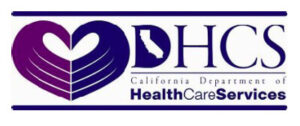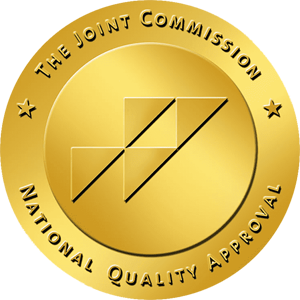Overdoses from opiates are such a common event today that the medical community has labeled the number of deaths resulting from overdoses an epidemic in the U.S. Two different types of detoxification are currently offered: short-term and long-term maintenance treatment.
Short-Term Detox – Short-term detox lasts three to twelve weeks. During this time, a host of withdrawal symptoms occur.
Long-Term Maintenance – Long-term maintenance occurs after the initial short-term detox and lasts for the rest of the addict’s life. During this time, health and social problems are addressed.
Intensive psychotherapy is begun in the short-term detox phases and lasts throughout the long-term maintenance to solidify new behaviors. Medications, such as methadone and buprenorphine, are often used during the initial detox phase. These drugs can help the addict with some withdrawal symptoms. Both drugs are heavily regulated in the United States and are only obtained through a licensed physician in a drug treatment program.
Methadone is given in licensed drug treatment centers and is proven effective in long-term studies. Selected patients are allowed to have take-home doses. Buprenorphine is also given at licensed drug treatment centers, but some physicians’ offices also prescribe this drug. It is dispensed at community-based pharmacies. It is also proven effective for addicts of low-dose opiates. There is no “magic pill” that will wipe away opiate addiction, but many patients have found success with medicines when they have had a hard time getting clean on their own. In addition to medicines, the underlying mental health issues need to be addressed. This is crucial to the success of a patient recovering and building a new life without drugs and alcohol.


